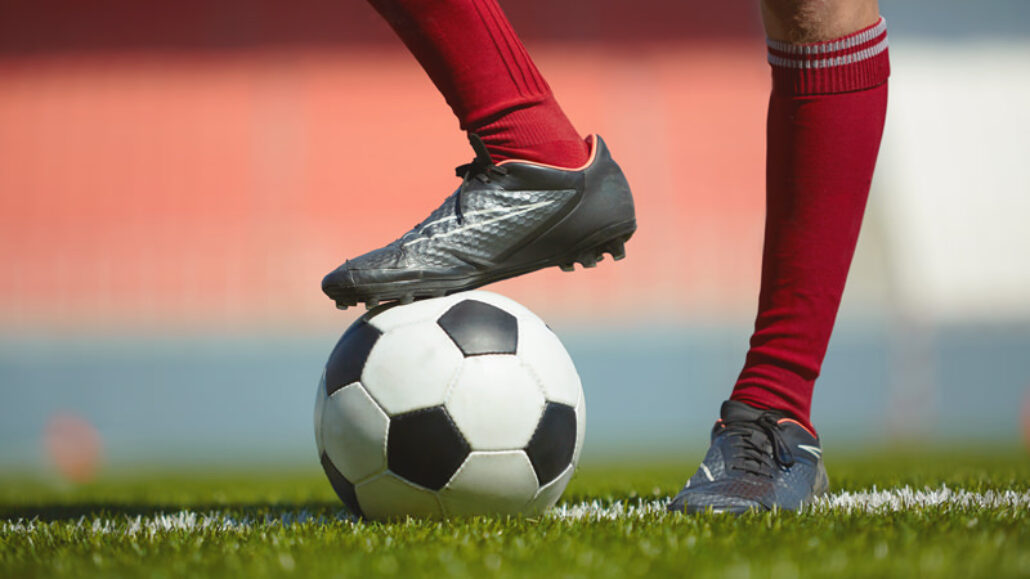Our Summit Orthopedics OrthoQUICK clinics and sports medicine team have the sport-specific experience to handle your young athlete’s injury quickly and efficiently—we also have expert tips to help your child enjoy the game of soccer safely.
Soccer is an active contact sport. Racing, jumping, and kicking are part of the game, but injuries don’t have to be if you and your young players take preventative measures. We support the preventative soccer safety tips offered by the American Academy of Pediatrics.
- Proper safety equipment. Protective gear is the foundation of safe play. Make sure your child’s cleated shoes fit well and provide heel and arch support. You might also want to consider investing in protective mouth guards.
- Appropriate field equipment. Soccer balls should be water resistant, sized for the age of the competing team, and fully inflated. Synthetic balls are preferable to leather balls, which can become waterlogged and heavy, and increase risks of heading injury. Goalposts should be secured in the ground at all times.
- Preseason conditioning and balance training. Growing evidence indicates that the right training can reduce the risk of anterior cruciate ligament, or ACL, injury. This is particularly important for young girls, who are more vulnerable to ACL injuries than boys. Summit Orthopedics conducts seminars to teach appropriate training techniques; watch our blog for announcements about upcoming training sessions.
- Level field conditions. Uneven fields increase the risk of injury in outdoor soccer. If your child is playing outdoors, make sure the field is being checked for holes and other terrain risks.
- Fair play. Aggressive competition leads to rough contact and injury. Both parents and coaches should reinforce the principles of good sportsmanship.
- Learn proper heading technique. Concussion is a concern in a number of sports, including soccer. The specific dangers of concussion are still being researched. Until we know more, the safest way for young players to protect themselves is to learn proper heading techniques and avoid excessive heading drills.
- Know the signs of overuse injury. We encourage young players to participate in a variety of different sports activities annually and to take some time off to rest and recover. If a player notices pain or discomfort over time, cut back on training time and decrease the intensity of activity.
- Don’t delay treatment. If your child is injured, or experiences pain that doesn’t go away with several days’ rest, contact the Summit sports medicine team to arrange an evaluation.
We offer these tips because we want to see your aspiring soccer player compete safely. With a few preventative steps, your child can safely reap soccer’s benefits: physical activity and lessons in sportsmanship that will serve children well as they move forward in life.
Summit Orthopedics offers comprehensive sports medicine expertise
From Olympians to pro athletes to kids in youth sports and those that just want to be more active—Summit Orthopedics delivers expert care by fellowship-trained sports medicine physicians. If you are recently injured or concerned about ongoing pain, Summit Orthopedics sports medicine specialists have the expertise to evaluate your discomfort and develop a plan to quickly and safely help you get back to being active.
Start your journey to stronger, healthier athletic condition. Find your sports medicine expert, request an appointment online, or call us at (651) 968–5201 to schedule a sports medicine consultation.
Summit has convenient locations across the Minneapolis-St. Paul metro area, serving Minnesota and western Wisconsin. We have state-of-the-art centers for comprehensive orthopedic care in Eagan, MN, Vadnais Heights, MN, Plymouth, MN, and Woodbury, MN, as well as several additional community clinics.
